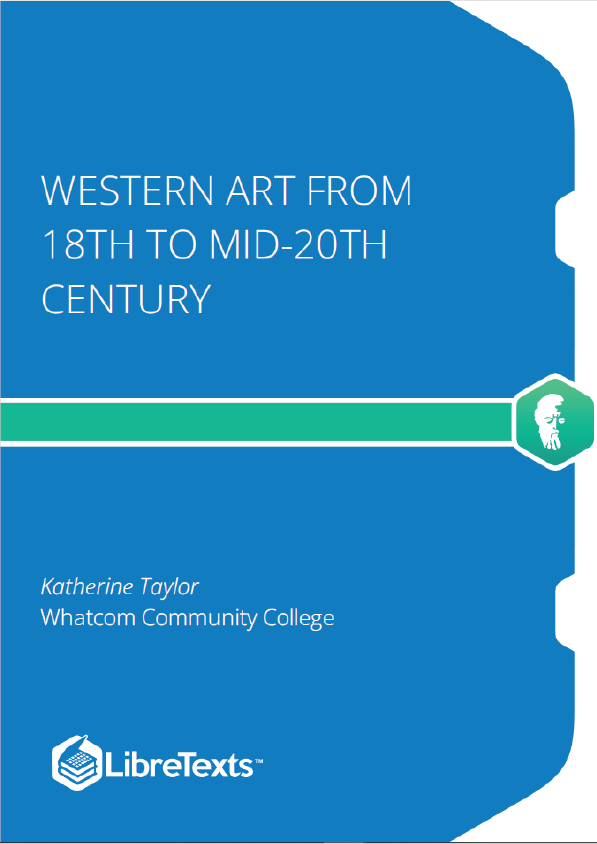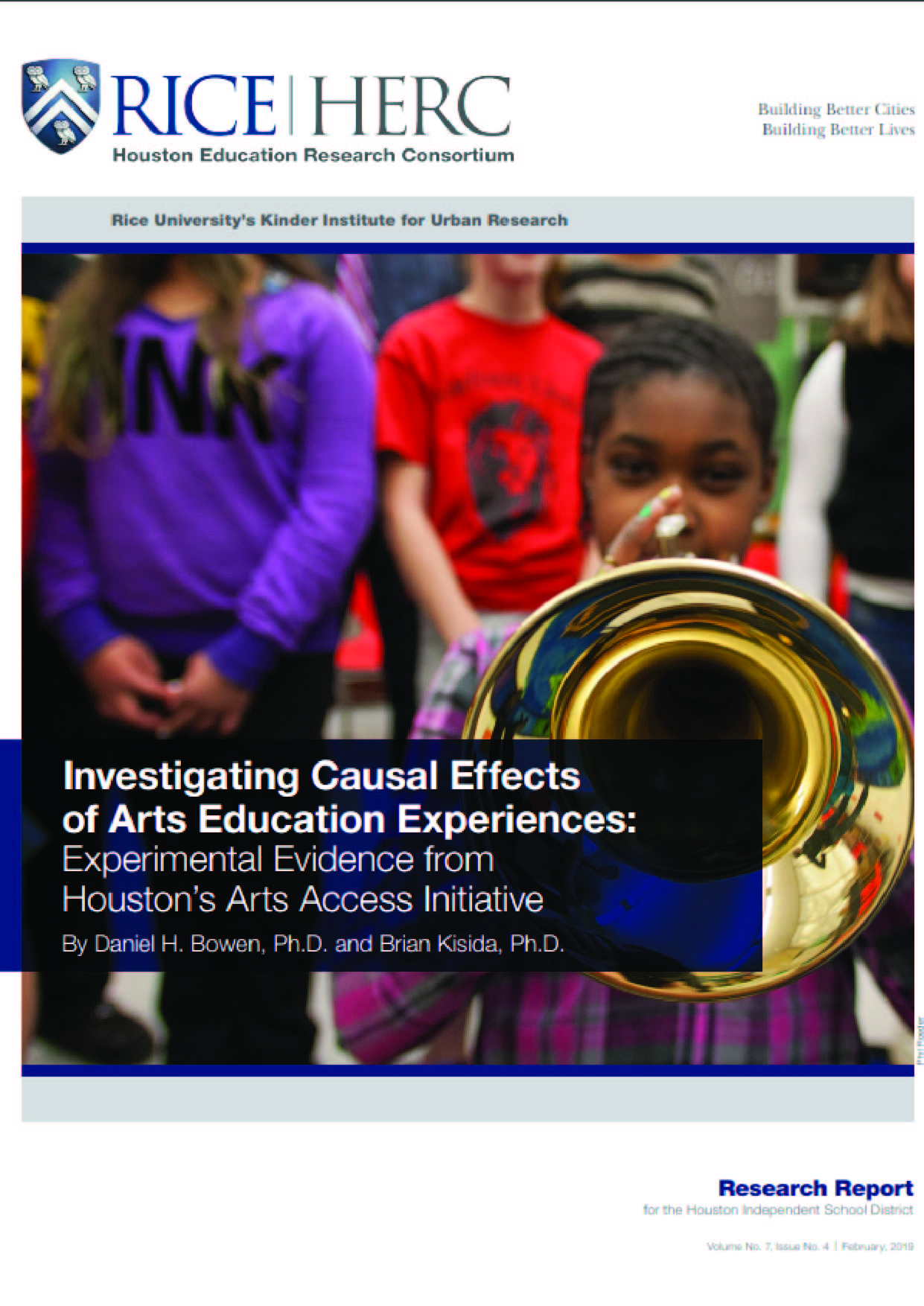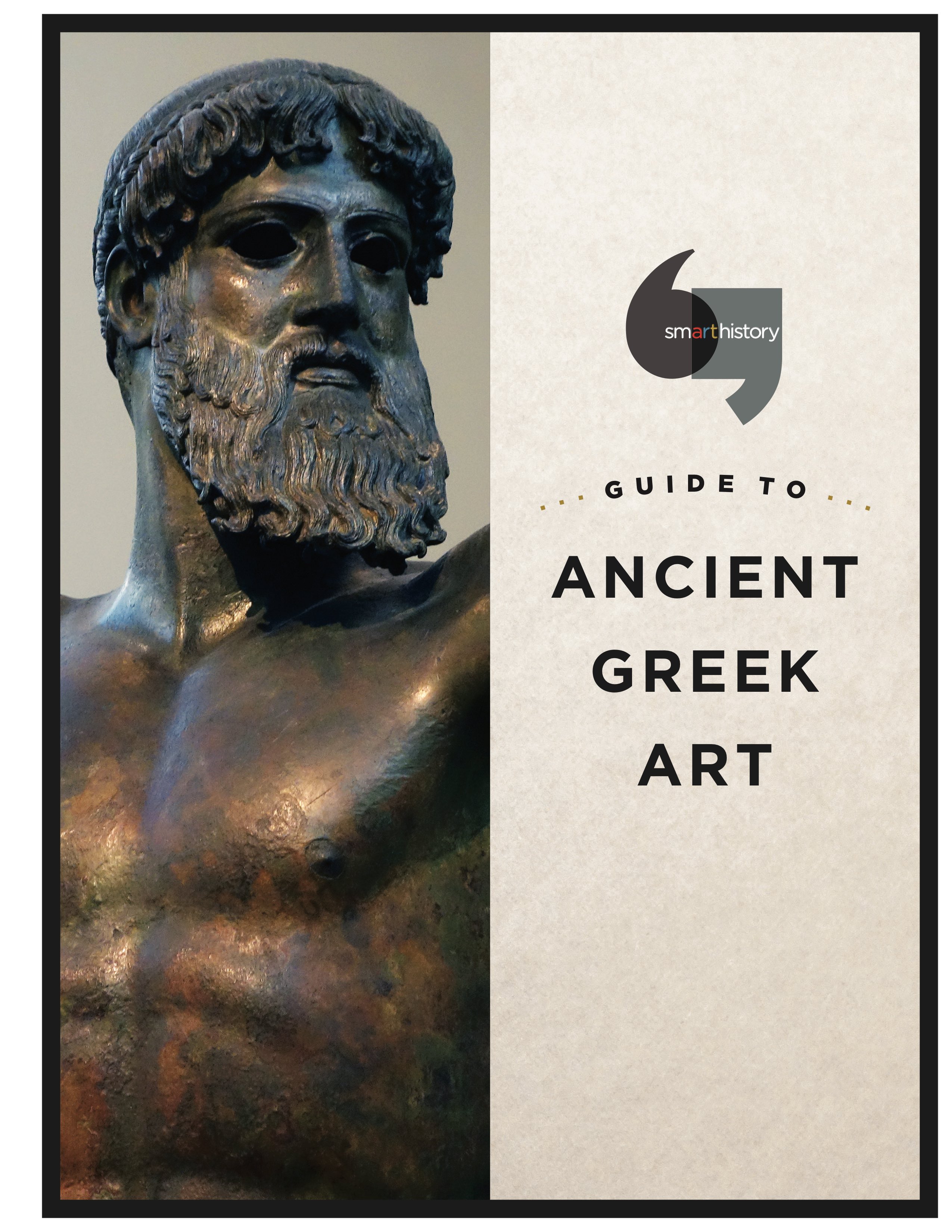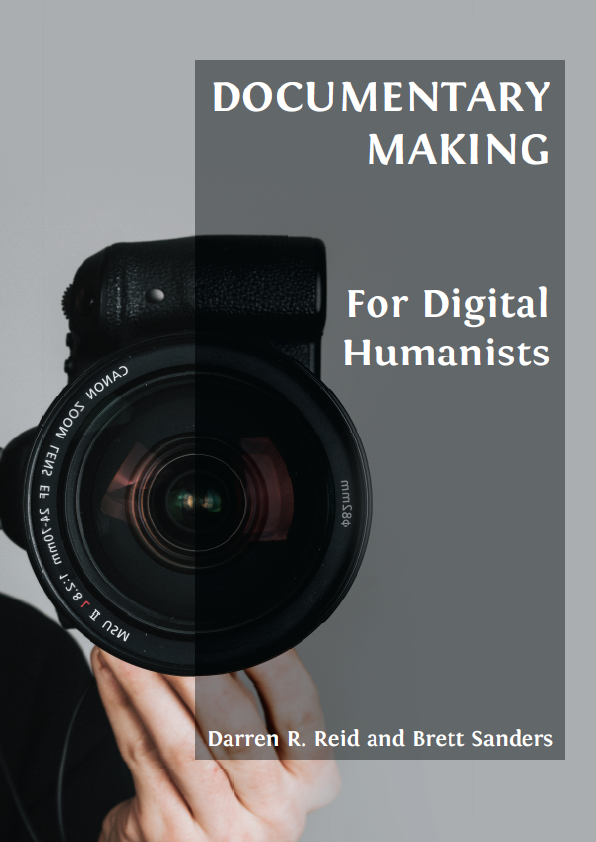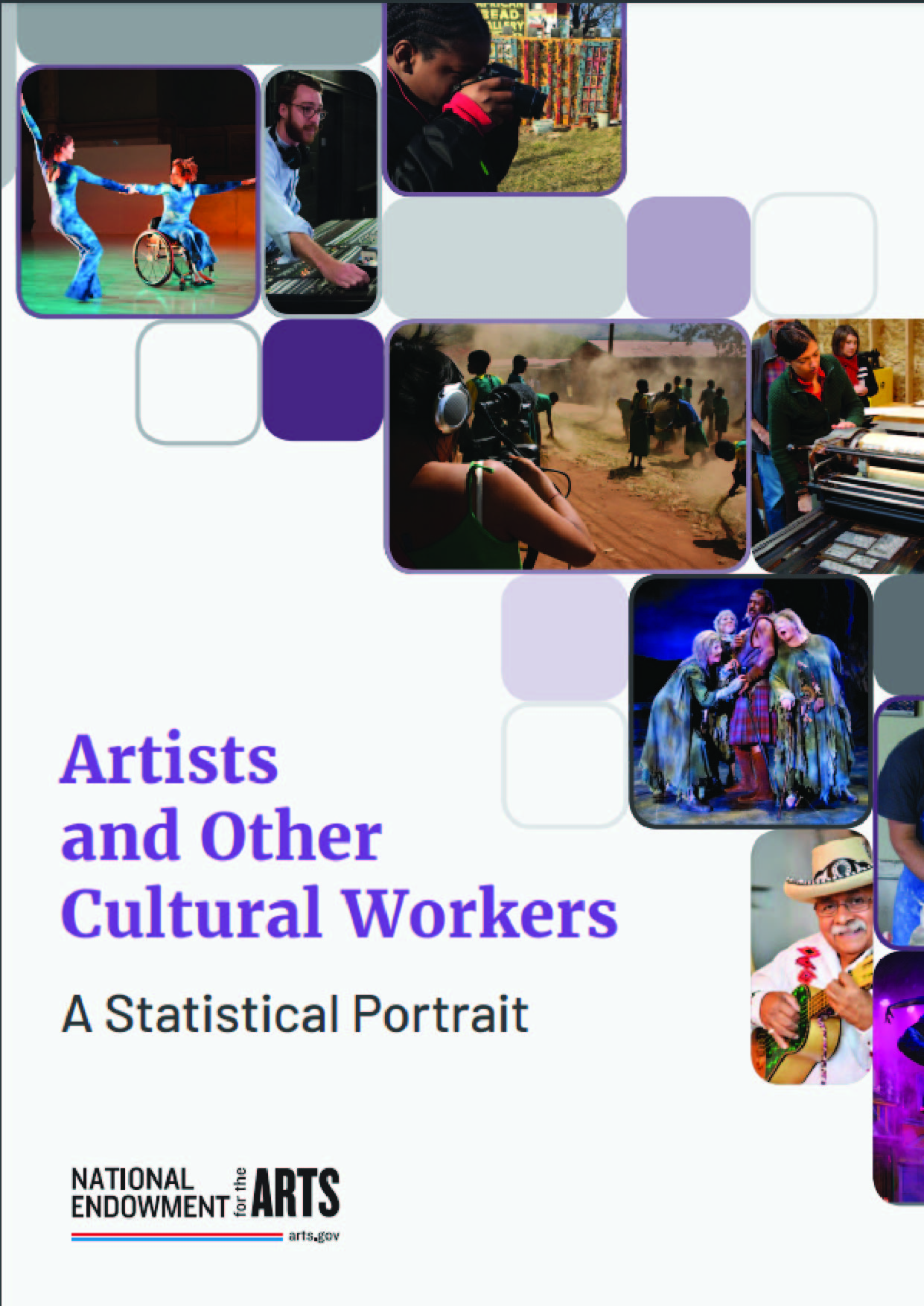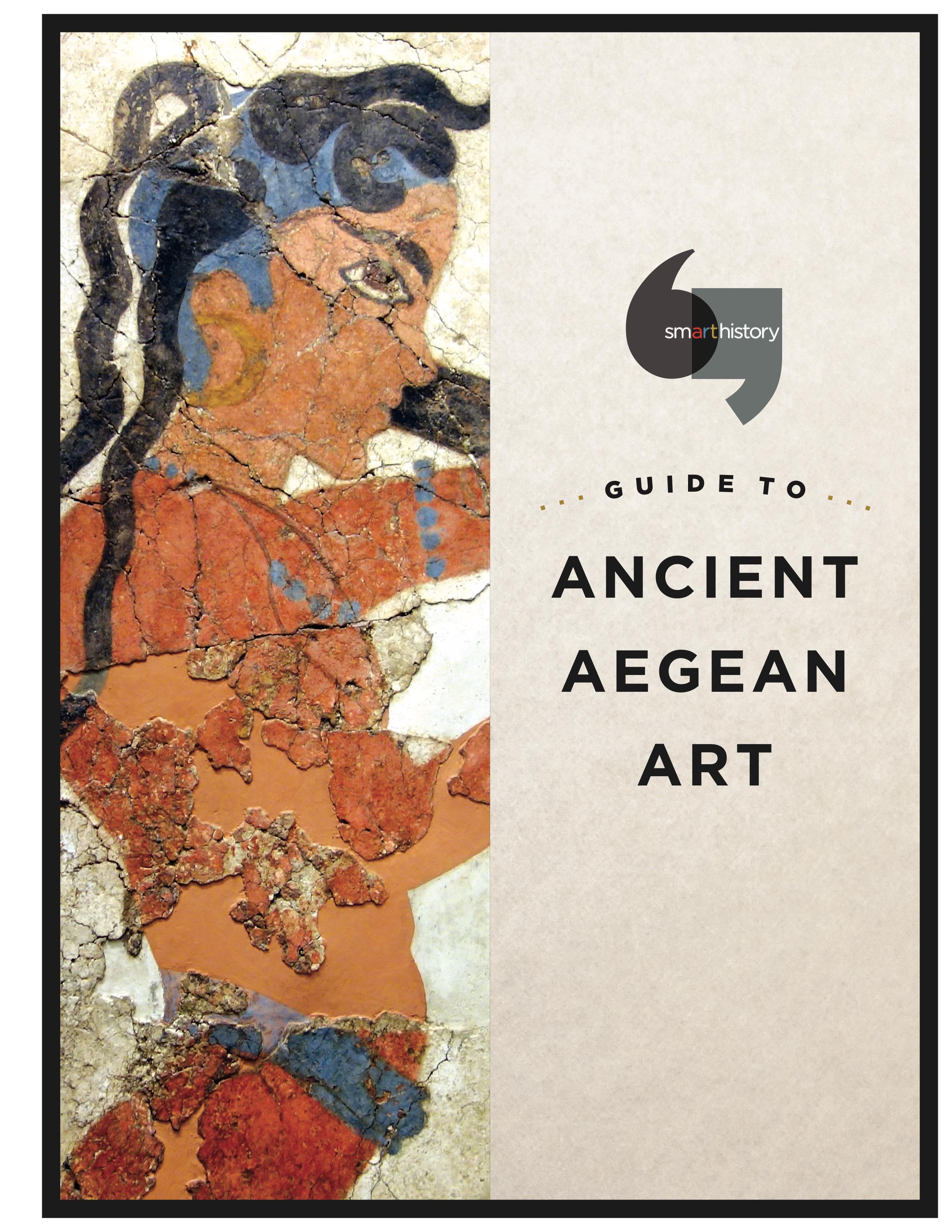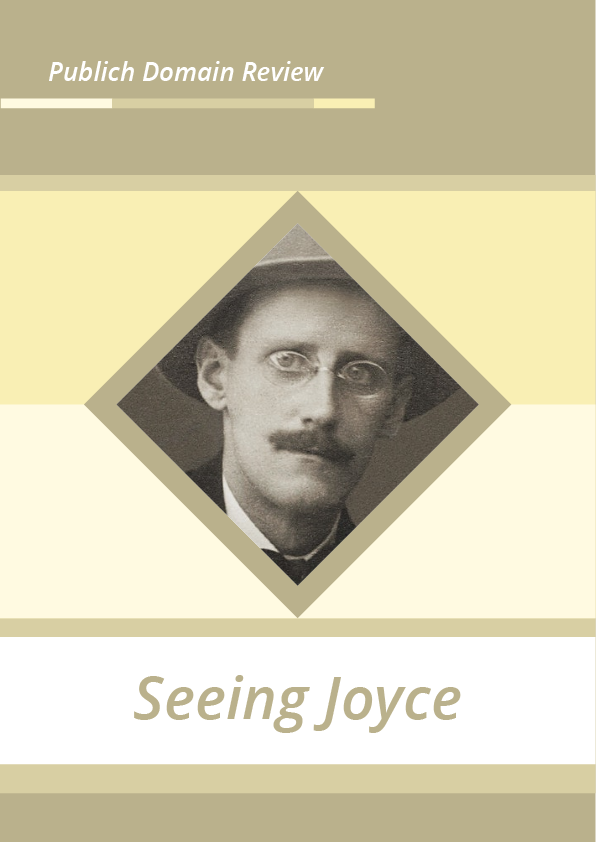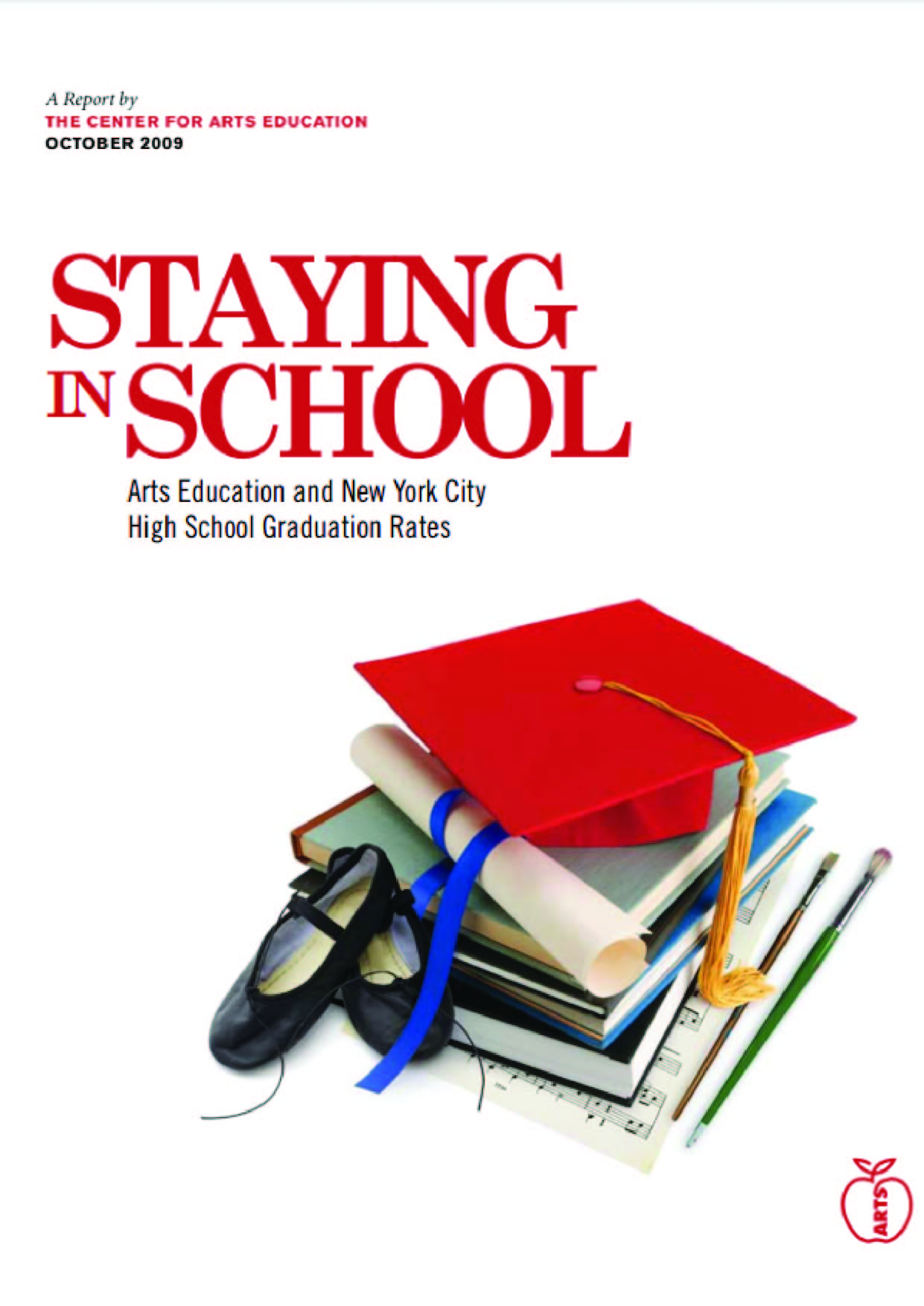A Restructuring of Society: Industrial, Intellectual, and Political
Toward the middle of the 18th century, a shift in thinking occurred, known as the Enlightenment. The thinkers of the Enlightenment, including Rousseau, Diderot, and Voltaire, influenced by the scientific revolutions of the previous century, believed in shedding the light of science and reason on the world in order to question traditional ways of thinking. The scientific revolution (based on empirical observation and not on metaphysics or spirituality) gave the impression that the universe behaved according to universal and unchanging laws. This provided a model for looking rationally at human institutions as well as nature.
The Enlightenment was a period of profound optimism, a sense that with science and reason—and the consequent shedding of old superstitions—human beings and human society would improve.
The Enlightenment encouraged criticism of the corruption of Louis XVI and the aristocracy in France, leading to the beginning of the French Revolution in 1789. In 1792, Louis XVI and his wife, Marie Antoinette, were beheaded along with thousands of other aristocrats believed to be loyal to the monarchy.
During this period, Rococo art was condemned for being immoral and indecent, and a new kind of moral, instructive art was called for: Neoclassicism. In opposition to the frivolous sensuality of Rococo painters like Jean-Honoré Fragonard and François Boucher, the Neoclassicists looked to the artist Nicolas Poussin for their inspiration . Poussin’s work predominantly features clarity, logic, and order, plus it favors line over color. His work served as an alternative to the dominant Baroque style of the 17th century. Poussin was the major inspiration for such classically oriented artists as Jacques-Louis David, Jean-Auguste-Dominique Ingres, and Paul Cézanne.
Neoclassicism is characterized by clarity of form, sober colors, shallow space, and strong horizontals. Its verticals render the subject matter timeless, instead of temporal, as in the dynamic Baroque works, and depicts classical subject matter—or classicizes contemporary subject matter. Neoclassicists believed that strong drawing was rational, and therefore morally superior, and that art should be cerebral, not sensual.
The Neoclassicists wanted to express rationality and sobriety that was fitting for their times. Artists like David supported the rebels in the French Revolution through an art that asked for clear-headed thinking, self-sacrifice to the State (as in Oath of the Horatii), and an austerity reminiscent of Republican Rome.
Neoclassicism was strongest in architecture, sculpture, and the decorative arts, where classical models in the same medium were relatively numerous and accessible. Rococo architecture emphasizes grace, ornamentation, and asymmetry; Neoclassical architecture is based on the principles of simplicity and symmetry, which were seen as virtues in the arts of Rome and Ancient Greece, and were more immediately drawn from 16th century Renaissance Classicism.
